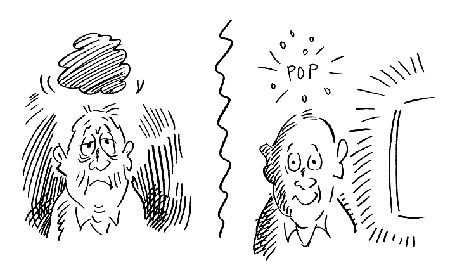|
|
|
A study led by Dr Ritsaert Lieverse of GGZ in Geest and the VU University Medical Centre in Amsterdam has found that bright light therapy can be used to successfully treat the symptoms of major depression in older adults. Half a group of 89 adults aged 60 or over who had been diagnosed with clinical depression (major depression disorder or MDD) were randomly assigned bright light therapy for three weeks. Those assigned therapy sat in front of a bright light box, the same kind as those used for treating seasonal affective disorder, for an hour every morning. The control group sat in front of a dim red light. Dim red light, with no known positive or negative effects on human, emits a 50 lux light, whereas the bright pale blue light of a light box emits 7500 lux. The results showed that the bright light therapy group had more improvement than the control group, measured using the Hamilton Scale for Depression. The improvements were comparable to anti-depressant drugs, and included an increase in the sleep-promoting hormone melatonin and a decrease in the stress hormone cortisol. Bright light affects the level of chemicals in the brain such as serotonin which is linked to some forms of depression. Light also affects the same areas of the brain as anti-depressant drugs. The improvements seen in the trial continued for three weeks after the trial ended. These findings offer hope to people who do not receive treatment with drugs, for whom the drugs don’t work, and for those who experience serious side effects from anti-depressants. Older people are more prone to suffering from the side effects than younger people. Although Dr Lieverse did warn that people should not self-treat, as although light boxes are available to buy without prescription, they may not be appropriate for people with certain conditions such as diabetic retinopathy. Source: Archives of General Psychiatry
Click here for more research reports
First Published in 2011 |













